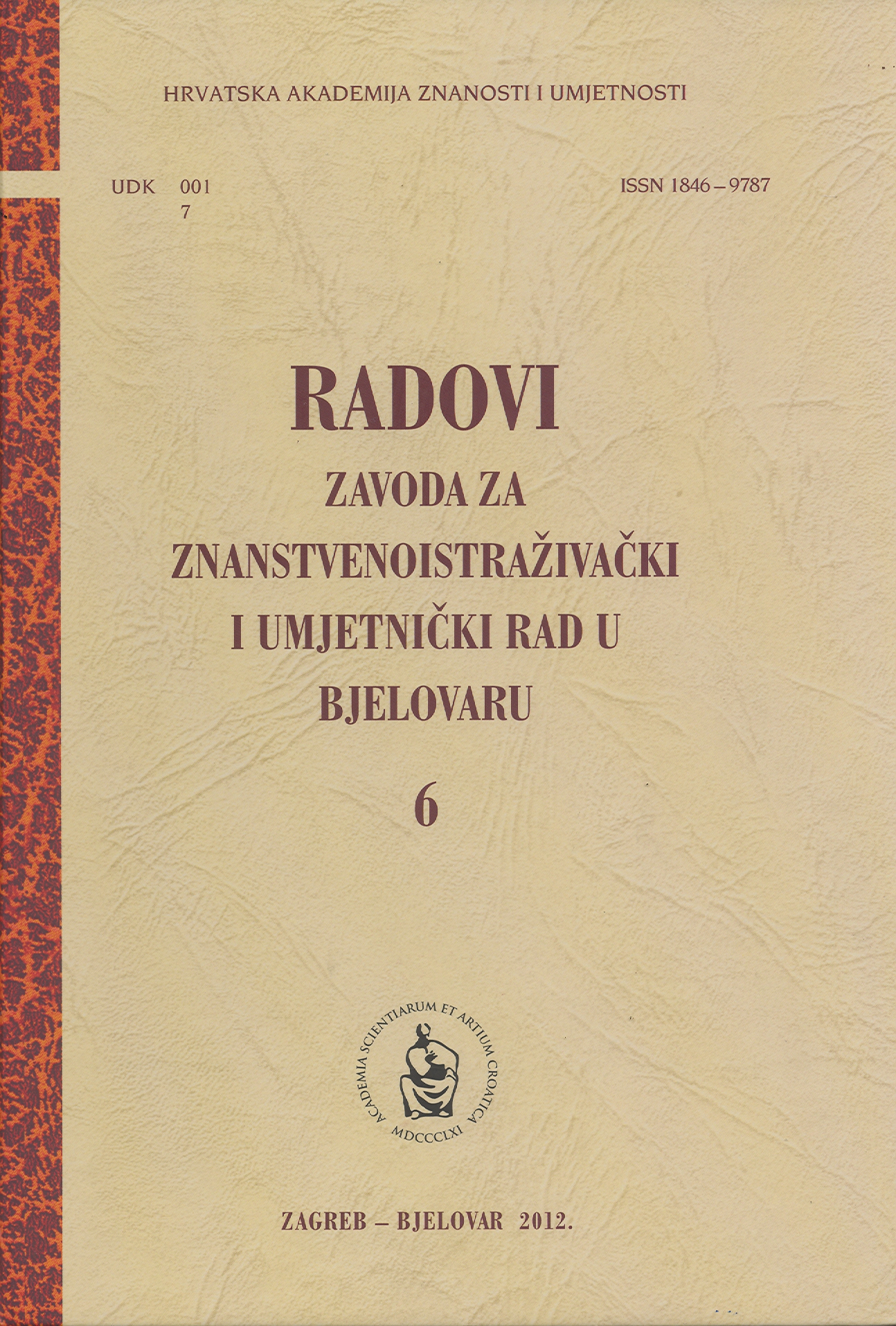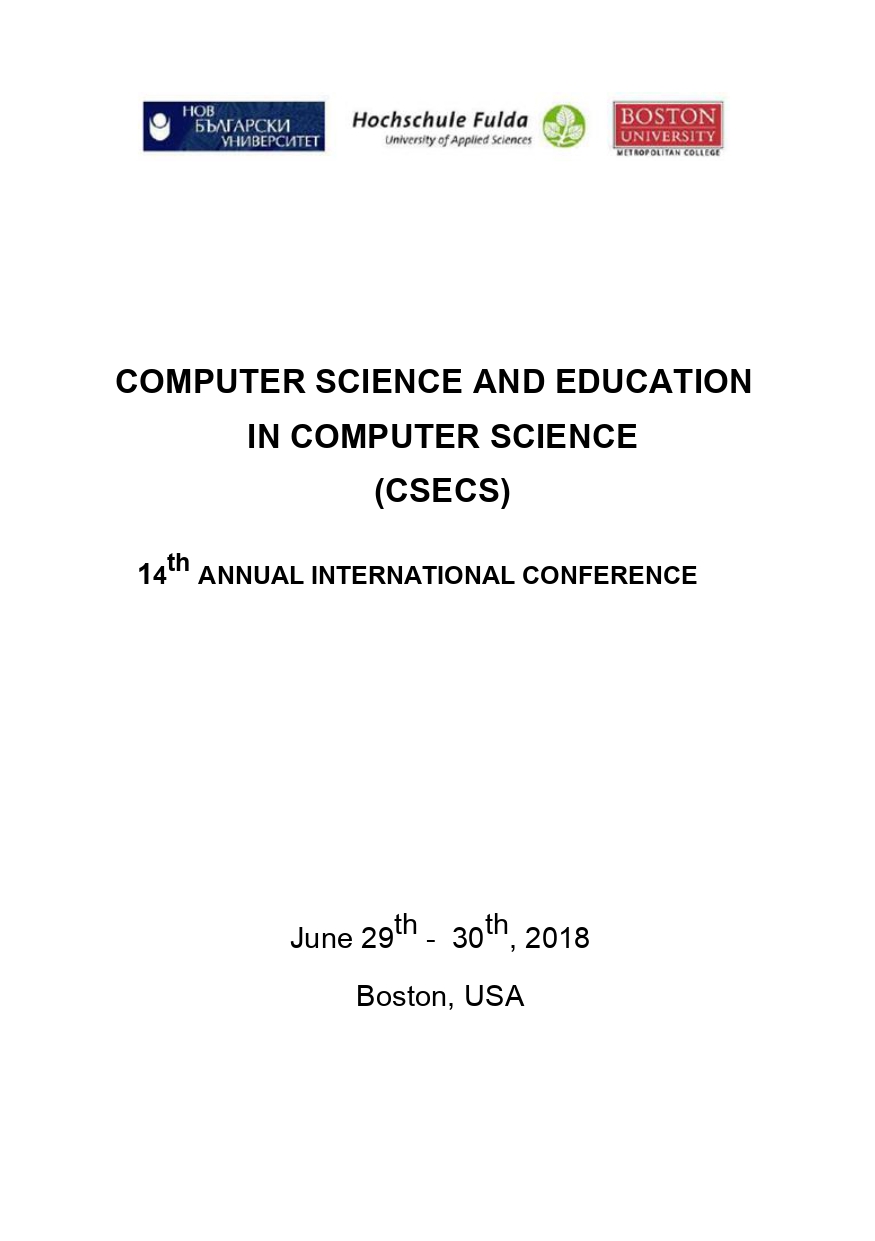Author(s): Slavko Matić / Language(s): Croatian
Issue: 6/2012
The relationship between the man and the forest has been a continuous one since the very beginnings of mankind. It is marked by forest cult, which the man has respected and nurtured since the earliest days of contact. By felling, clearing and burning forests, the man obtained food and firewood, ensuring thereby his survival. Fearing the wrath of “powerful forest creatures”, which he believed to inhabit the forests, the man kept particular parts of forests, which he called “holy groves”, untouched. He felt that the forest is consumed by a powerful extra-terrestrial existence; therefore, approximately 2,000 years ago, people started planting and growing trees around their houses, arranging gardens and creating forest ambience, which offered them peace and quiet. Today we comprehend that this cult had once caused the ever-present phenomenon of the forest: the so-called generally useful forest values or functions. This is the reason why forests have had a major meaning for and impact on human life and survival. Science divides the generally useful values to ecological or protective; social; and social-eco-physiological. The said values are stipulated by and defined in The Forest Act and other legal documents regulating the role and position of forests in our country. The Forest Act lists fifteen generally useful functions, dividing and calculating them – according to their contribution and importance regarding finances – in ten groups. Apart from having a positive effect on human life, most of these values significantly affect agricultural production as well, in the following aspects: protection from erosion; flood prevention; balanced water regime; increased soil fertility and agricultural production; milder climate; during photosynthesis, they use carbon from carbon dioxide for trees and other forest plants, releasing thereby oxygen. A particularly important link between forests and agriculture lies in the fact that all our original local fruit and wine-growing sorts, the so-called “wild” ones, even today belong to the structure of our natural forests; their biological attributes and ecological demands have hence been harmonized with and adapted to the mesoclimatic and microclimatic life conditions created by the forest. Thus, the ecological and biological links between forests and farming cultures should be pointed out in particular. Every natural forest creates its own climate, which affects both its immediate and its broader environment, especially fruit and wine-growing cultures. Our grape and wine sorts are known for their fine quality thanks to vineyards being grown on the south and southwest afforested hillsides of Plješivica, Ivančica, Kalnik, Papuk, Krndija, et al. European wine-growers have appreciated the importance of forests for the success of vineyards; that is why they grow vineyards in the vicinity of forests or grow forests in areas surrounded by major vineyard complexes, as may be observed on the south hillsides of the afforested Schwarzwald in Germany and Vogez in France, famous for high-quality fine wines. Krndija forests, covering 22,451 ha of land, are very stable, productive and biologically diverse, they consist of fourteen natural forest communities and more than fifty original local tree sorts. The written history of Krndija is equally long and old as the history of Kutjevo and its vineyards. After they had settled in the area in 1232, the Catholic order of Cistercites started clearing forests, growing vineyards and other farming cultures, as well as building wine cellars and producing wine. Kutjevo, Kutjevo land, vineyards and forests were further mentioned during the Turkish period 1698–1773, as well as between 1689 and 1698, when the land belonged to the Zagreb canon and abbot J. J. Babić. Jesuits had managed Kutjevo forests and vineyards 1698–1773; the Croatian Apprenticeship Trust had managed the land 1773–1880; while the Turković family had taken over the Kutjevo land in 1882 and remained its owners until 1945. After 1945, the land became oriented to viticulture and wine industry; it experiences a constant rise, while state-owned Forest Administrations manage Krndija forests. During the long years of the history and development of Kutjevo, its vineyards and forests, Krndija forests have – faithfully and usefully – accompanied and completed their owners’ economic activities and profit, in addition to viticulture and wine industry. Riesling is a grape sort that has been grown in Kutjevo on the south hillsides of Krndija for over a century. Forests and vineyards intertwine, interchange and surround each other there, causing mutual impacts and influences. This is, among others, a reason why Riesling in this area has developed its characteristic attributes, thanks to which it is singled out and different from all similar wine sorts grown in other areas, making it unique. Thanks to long-standing growing on habitats extraordinarily suitable for this sort, Riesling has developed high-quality features that had until then not been recognised in connection with this wine sort. This may – to the most part – be explained by the fact that Kutjevo vineyards grow on the land where Krndija forests have been growing since the earliest days. By their mesoclimatic, microclimatic and other features, they influence the grape that has grown wild in those forests since the earliest days, since ecological demands and biological attributes have been adapted to optimal conditions created by the forest through its existence, growth and increase. Soil and climate conditions, being to the most part a forest product, participate – according to research results – in defining the credit worthiness of vineyard soils with the maximum of 85 %, whilst all other conditions make out the rest of 15 %. Hence, it may be justly claimed that the impact of forests on agricultural production, in particular viticulture and wine industry, is not only major, but also rather significant. It is thus necessary to continue growing and nurturing both fine Kutjevo Riesling vineyards and Krndija forests.
More...


